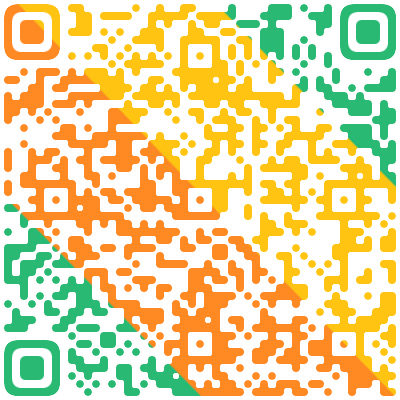Solving a problem can be broken down into several steps. First, the problem must be identified correctly. Psychologists refer (1) this step as problem representation. For many problems, figuring (2) which information is relevant and (3) is extraneous can be difficult and can interfere (4) arriving at a good solution. Clearly, before a problem can be solved, it must be obvious (5) the problem is, however, this is not as easy (6) it might seem. One obstacle to efficient problem representation is functional fixedness, that is, allowing preconceived notions and even prejudices (7) color the facts. Most people tend (8) see objects and events in certain fixed ways, and by being inflexible in viewing the problem, they may be unable to notice the tools (9) the solution. Once the problem is identified accurately, (10) , the second step consists (11) considering the alternatives for a solution. A common way to evaluate alternatives is to write them (12) and then make a list (13) advantages and disadvantages for each solution. Here again, people may be limited by prior experiences. Often people adopt mental sets (14) lead them to the same problem-solving strategies that were successful for problems (15) the past. Although that can be helpful most (16) the time, sometimes a new situation requires a different strategy. (17) that case, the mental set must be abandoned, (18) new alternatives must be explored.
After the alternatives have been compared, a strategy must be selected (19) among them. One way to avoid becoming mired in the options is (20) try the best option with a view to abandoning it for another (21) the results are unfavorable. This attitude allows many people to move on expeditiously (22) the next step—action. The strategy selected must be implemented and tested. If it solves the problem, no further action is necessary, but if (23) , then the cycle begins again, starting (24) problem identification. By continuing to review the problem (25) repeat the problem-solving steps, the solution can be improved upon and refined.
After the alternatives have been compared, a strategy must be selected (19) among them. One way to avoid becoming mired in the options is (20) try the best option with a view to abandoning it for another (21) the results are unfavorable. This attitude allows many people to move on expeditiously (22) the next step—action. The strategy selected must be implemented and tested. If it solves the problem, no further action is necessary, but if (23) , then the cycle begins again, starting (24) problem identification. By continuing to review the problem (25) repeat the problem-solving steps, the solution can be improved upon and refined.
第(22)空填()。
查看答案
相关试题
换一换


第(22)空填()
A.purpose B.way C.programme D.reason
答案
第(22)空填()
A.lost B.lowered C.dropped D.raised
答案
第(22)空填()
A.February B.April C.May D.June
答案
第(22)空填()
A.did B.hoped C.thought D.studied
答案
第(22)空填()
A.help B.food C.advice D.praise
答案
第(22)空填()。
答案
第(22)空填()。
答案
第(22)空填()。
答案
第(22)空填()。
答案
第(22)空填()。
答案



 使用微信扫一扫登录
使用微信扫一扫登录